How Pools of Genetic Diversity Affect a Species’ Fate
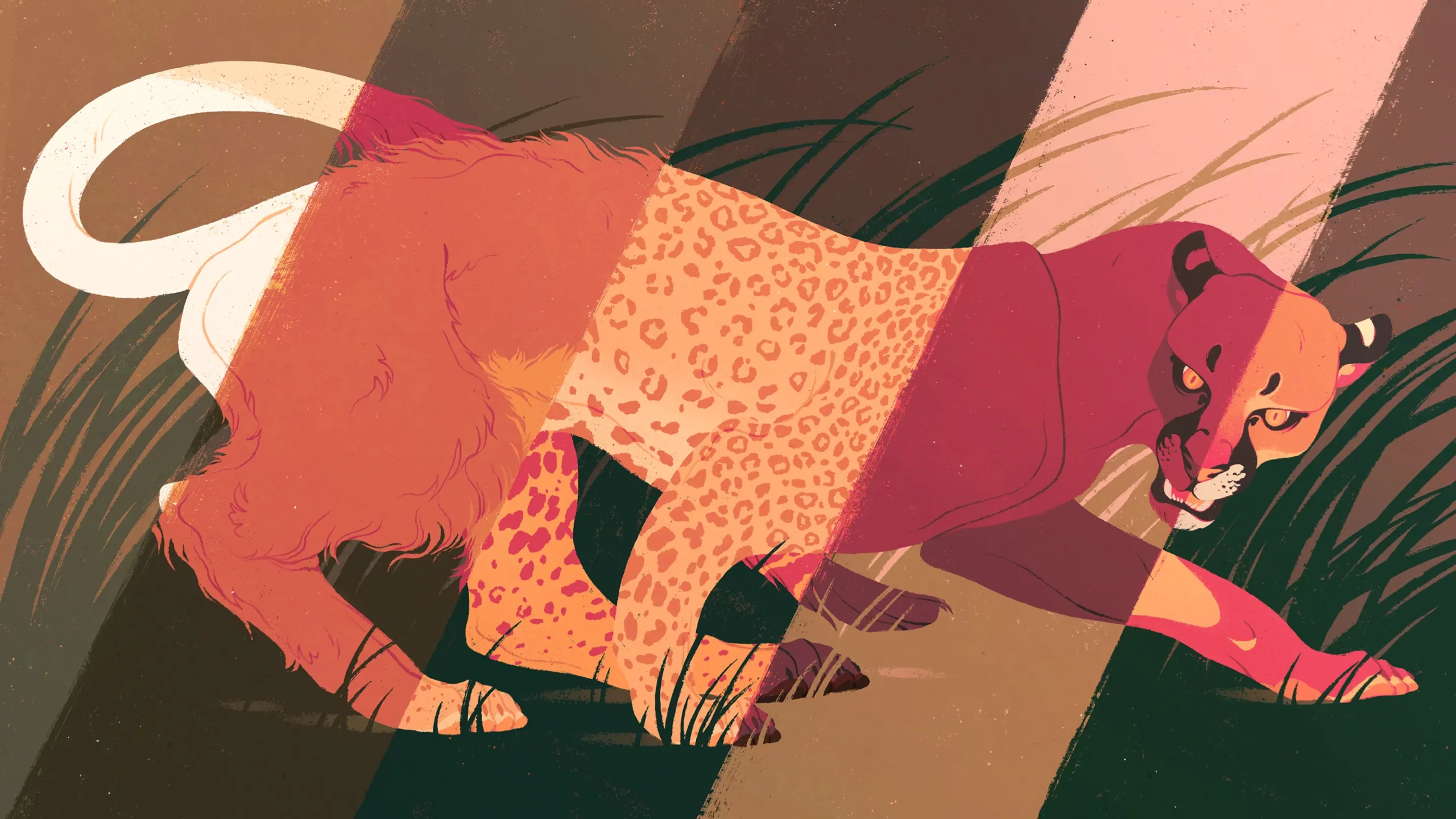
The total genetic diversity of a species can be parceled out among subspecies and other populations that express different traits. Preserving that genetic diversity when those groups dwindle can be a challenge.
Samantha Mash for Quanta Magazine
Introduction
In March 2018 at the Ol Pejeta Conservancy in Kenya, surrounded by his devoted keepers, Sudan the northern white rhino breathed his last. He wasn’t the only remaining northern white rhino because three females in protective captivity survived him. But Sudan’s death ended any hope of those females breeding naturally and rendered the northern white rhino effectively extinct. The moment made headlines, and the world lamented the high-profile extinction.
But it wasn’t a true species extinction event. Northern white rhinos are just a distinct subset, or subspecies, of white rhino. More than 10,000 white rhinos are still left in the southern subspecies. White rhinos as a species aren’t even endangered.
Nevertheless, ever since Sudan’s death, Cynthia Steiner, an associate director in conservation genetics for the San Diego Zoo Wildlife Alliance, and her colleagues have gone to great lengths to try to reboot the northern subspecies. They’re working to turn stem cells collected from the remaining females into embryos for in vitro fertilization. They want more northern white rhinos, and mixing in genes from southern white rhino males just won’t do.
“Before, people would say, we need to save the species,” Steiner explained. “But that’s not enough if you think about it. When you talk about species, you’re not considering the whole evolutionary potential of all the different groups that make up that species. That’s why the new notion is: We really want to save the genetic structure of the species, these different populations — subspecies — that have unique characteristics at the genomic level.”
In recent years, biologists have developed a deeper understanding of how the relationship between genetic diversity and population structure can influence the fate of a species. They’ve long understood how geography and ecological variations often partition species into subspecies or other small distinct populations of individuals who are more closely related to one another than to outsiders. Now, with the help of better tools and techniques for studying the genomes of creatures in the wild, researchers are discovering the full extent of how much the genetic dynamics within and among those populations can affect how resiliently a species can evolve and adapt to changing conditions over time. Those distinct populations can sometimes act as refuges or reservoirs for uncommon genes, and they can become the salvation of a species if new threats suddenly make those genes more valuable. On the other hand, if the smaller populations become too isolated, they can die out and make chunks of a species’ genetic diversity vanish forever.
It’s an important insight into how species naturally adapt and evolve. Luckily for the many species of rhinos, whales, panthers, amphibians and other endangered organisms around the world, this richer understanding of genetic diversity and population dynamics can also help conservation practitioners make better choices about how to save imperiled animals.
But the choices involved sometimes mean probing more deeply into a crucial question: When we try to save a species, what exactly are we trying to save?
Not Just Species
Biologists typically use “species” as a label for “reproductively isolated” populations of organisms that generally breed among themselves and not with outsiders. In effect, a species is a breeding pool that holds all the variant forms (or alleles) of genes that one might find in a type of organism. The species concept is a linchpin of modern biology and evolutionary theory, although it has been intensely criticized for failing to capture the reality of how some organisms actually behave and breed.
Yet although species are pools of genes, those pools are not evenly mixed. Subgroups of lineages within them may tend to breed with one another more often, and they may develop sets of distinctive traits. Naturalists sometimes recognize such groups as subspecies. But even without a subspecies label, there can be populations of individuals within a species (or even within a subspecies) that have a recognizable identity over time.
The U.S. Endangered Species Act of 1973 was ahead of its time on this: It has always allowed the listing of “any distinct population segment,” not just fully distinct species. A quarter of U.S.-listed endangered “species” are actually subspecies, including well-known examples like Florida panthers, northern spotted owls and Mexican gray wolves.
The idea is to consider not just the current survival of a species but its potential evolutionary ability to adapt when faced with environmental changes or emerging diseases in the future. The source of this resilience is its genetic diversity. If a new pest or disease strikes a genetically diverse population, any individuals that happen to be naturally resistant can survive it and reproduce. If all the individuals are genetically alike and lack resistance, the population will die out.
This is currently happening in North American forests, where tens of millions of ash trees are succumbing to a beetle, the emerald ash borer. Some individual ash trees, however, are genetically resistant to the beetles, and they are the last hope for the species.
Population structure bears on genetic diversity because sometimes rare variants of genes are only able to survive by getting sequestered in subpopulations more conducive to their survival. Moreover, researchers have discovered that the importance of genetic diversity goes beyond a population’s specific inventory of genetic traits. Recent studies have helped to confirm a proposal by Michael Lynch, an evolutionary biologist at Arizona State University, that the efficiency of natural selection depends on the “effective population size,” which describes the amount of genetic diversity; this dictates how quickly or slowly species (and populations within them) may evolve, which in turn affects how well species may adapt or whether they will splinter into new species.
That’s why conservationists didn’t simply release the last lonely northern white rhino females into the southern population and call it a day, and why Steiner’s group has been trying to create northern white rhino embryos. Keeping both the northern and southern subspecies in existence separately will better preserve the adaptive potential of the white rhino species as a whole by preserving the unique characteristics and the full genetic diversity of each.
An Inbreeding Bottleneck
When a species or population gets too small, it can lose more than its adaptive potential for surviving future threats. It can lose its ability to sustain itself, as was seen in a study of killer whales, or orcas, that was published in March in Nature Ecology & Evolution.
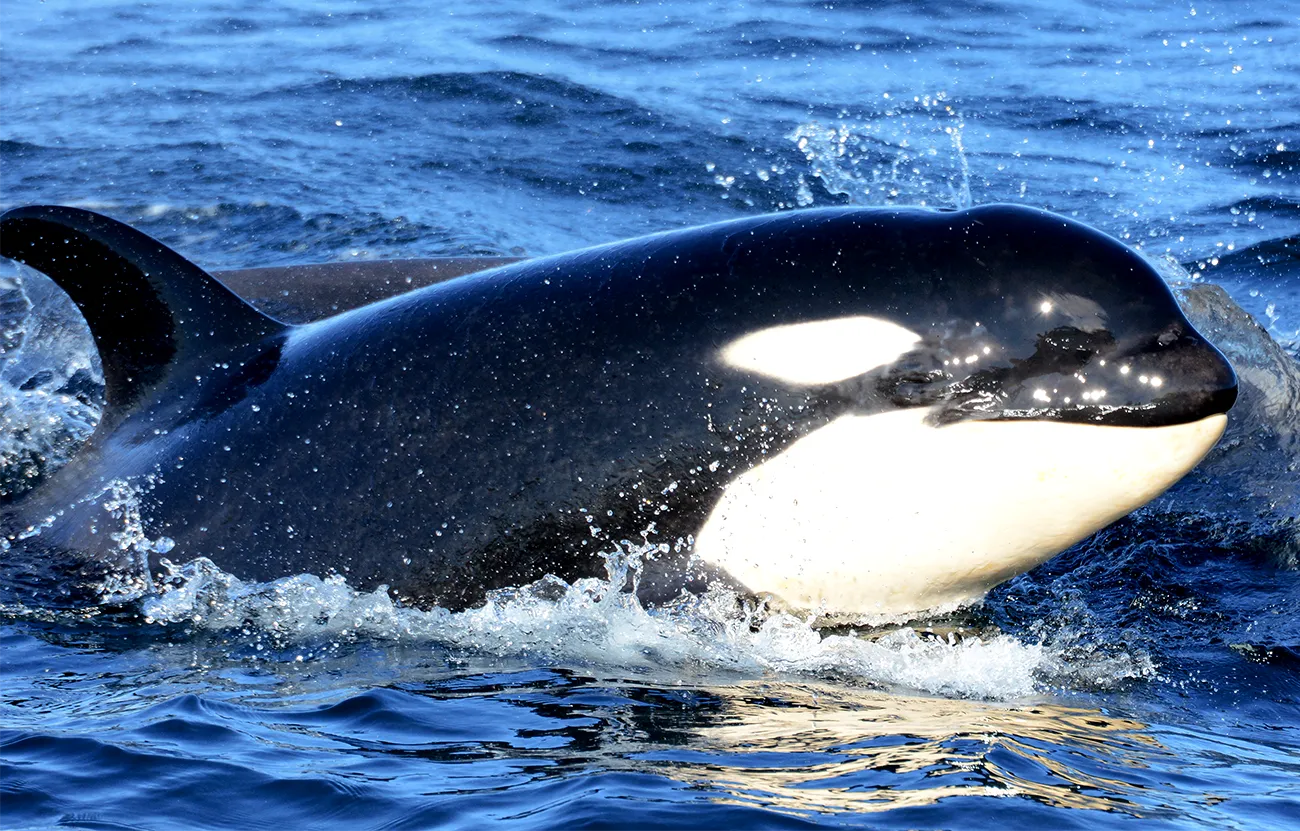
Most of the orcas, or killer whales, that live off the Pacific Northwest coast have rebounded slightly in recent decades, but the “southern resident” population has not. A recent study found that those whales seem to be declining because of inbreeding depression.
Sara Hysong Shimazu/Shutterstock
Off the coast of the Pacific Northwest, the killer whales that reign over the food web have had a rough century. Those orcas have seen their food supplies depleted by humans overfishing their staple chinook salmon. Their waters have grown increasingly polluted. And a rising cacophony of underwater noise from commercial vessels now interferes with the mammals’ echolocation. But their circumstances haven’t all been dire: Although these coastal orcas are still listed as threatened, laws in the U.S. and Canada passed in the 1970s have shielded them from hunting and harassment, allowing most — but not all — populations to rebound at least slightly in recent decades.
The one exception has been a population known as the southern residents. This group of fewer than 100 orcas range from British Columbia to the California coast, and despite having the same protections as their more northerly cousins, they have continued to decline. (They were designated as endangered in 2005.) The reason why was uncovered in the new study: The orcas suffer from a classic case of “inbreeding depression” that hampers their ability to produce fertile young.
Sprinkled throughout the genomes of even healthy populations are detrimental genes called deleterious recessive alleles. Only organisms that have two copies of these alleles, one from each parent, suffer health issues. Individuals who have only one copy are carriers of the condition. In most populations, the odds that two carriers will get together are relatively low, but if they do, one quarter of their offspring on average will express the defect.
When populations are so small that close relatives are breeding, individuals are more likely to have the same gene variants as their mate. Carriers are then much more likely to breed with other carriers. The deleterious recessive alleles become increasingly common in the population, as does the expression of the defects they cause.
Surprisingly, recent research has revealed that not all small populations are at risk of inbreeding depression. Inbreeding seems to be most detrimental to formerly large populations that are now small, as seems to be the case with the southern resident orcas. Organisms that have always had a tiny population, however, sometimes develop a kind of resistance to it.
One of the tiniest populations in the wild today is the critically endangered vaquita porpoise, which swims only in the northernmost waters of the Gulf of California in Mexico. Its numbers have shrunk to only around 10 individuals because of continued illegal gill net fishing in the area, which is intended to catch similarly sized fish but often ensnares the tiny porpoises. With so few remaining animals, future efforts to save the species might seem to be doomed by inbreeding.
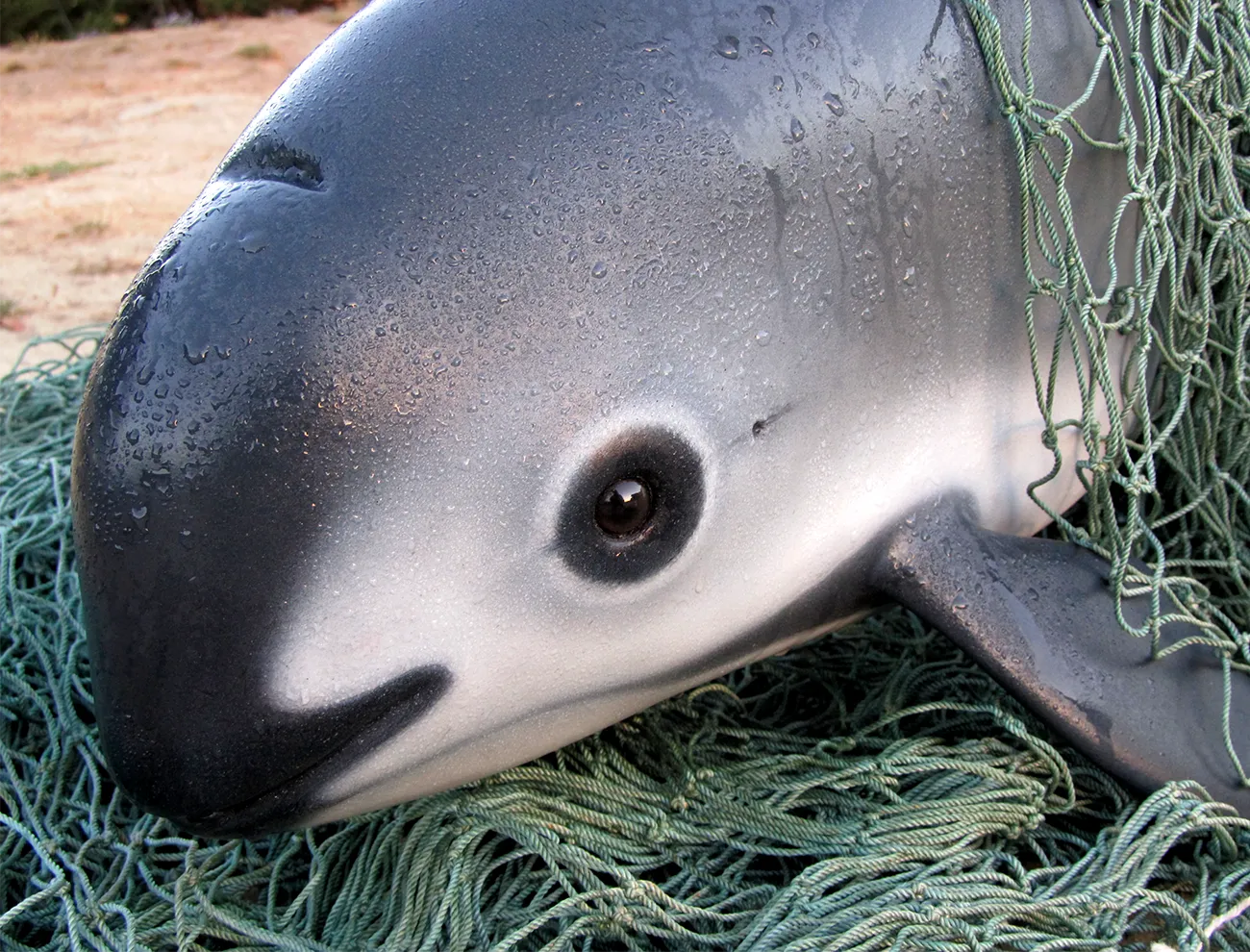
Only about 10 of the highly endangered vaquita porpoises are left. Surprisingly, because their numbers have always been fairly small, inbreeding depression is not likely to hurt efforts to rebuild their population.
Courtesy of Save The Whales
Yet when Chris Kyriazis, a conservation biologist at the University of California, Los Angeles, and an international team of scientists recently analyzed the genomes of the known remaining vaquitas and some preserved specimens, they came to a surprising conclusion. As they described last year in Science, the remaining vaquitas all seemed to be healthy and reproducing. Hardly any of the individual vaquitas carried copies of deleterious alleles, so inbreeding was essentially a nonissue for them.
Using population models, the researchers reconstructed what the genetic profile of vaquitas might have been in the past. They deduced that because the vaquita population has always been relatively small, natural selection eliminated most of the harmful genes from the population and reduced the frequency of the remaining ones, long before gill nets became a problem.
“When populations are historically small, with low numbers going back many tens of thousands of years, the consequences … are underappreciated in conservation,” Kyriazis said. “It prepares you for bottlenecks.”
The findings underscore the importance of understanding the history of a species as well as its current genetic structure in order to fully understand its diversity. And they show that a better understanding of genetic diversity can reveal insights into a species’ history.
Genetic Rescue
Most endangered or threatened species can’t claim the vaquita’s resistance to the harm of inbreeding. For species or populations at the brink of extinction, the best conservation strategy can sometimes be to bring in outsiders to restore healthy dominant alleles to the breeding pool. “By introducing genetically diverse individuals, the evolutionary potential of populations in peril might increase and, in turn, the resilience of the species as a whole,” Steiner said. “This is the notion of genetic rescue.”
Genetic rescue has had some great successes. By the 1990s, the population of Florida panthers (an endangered subspecies of puma) had dropped to fewer than 30 individuals, and the remaining cats had heart defects, kinked tails, poor sperm quality, genetic diseases and reproductive issues. Then conservationists introduced just eight new female pumas from a different subspecies in West Texas. Today, genetic variation has doubled, and the number of Florida panthers has bounced back to an estimated 120 to 230 individuals.
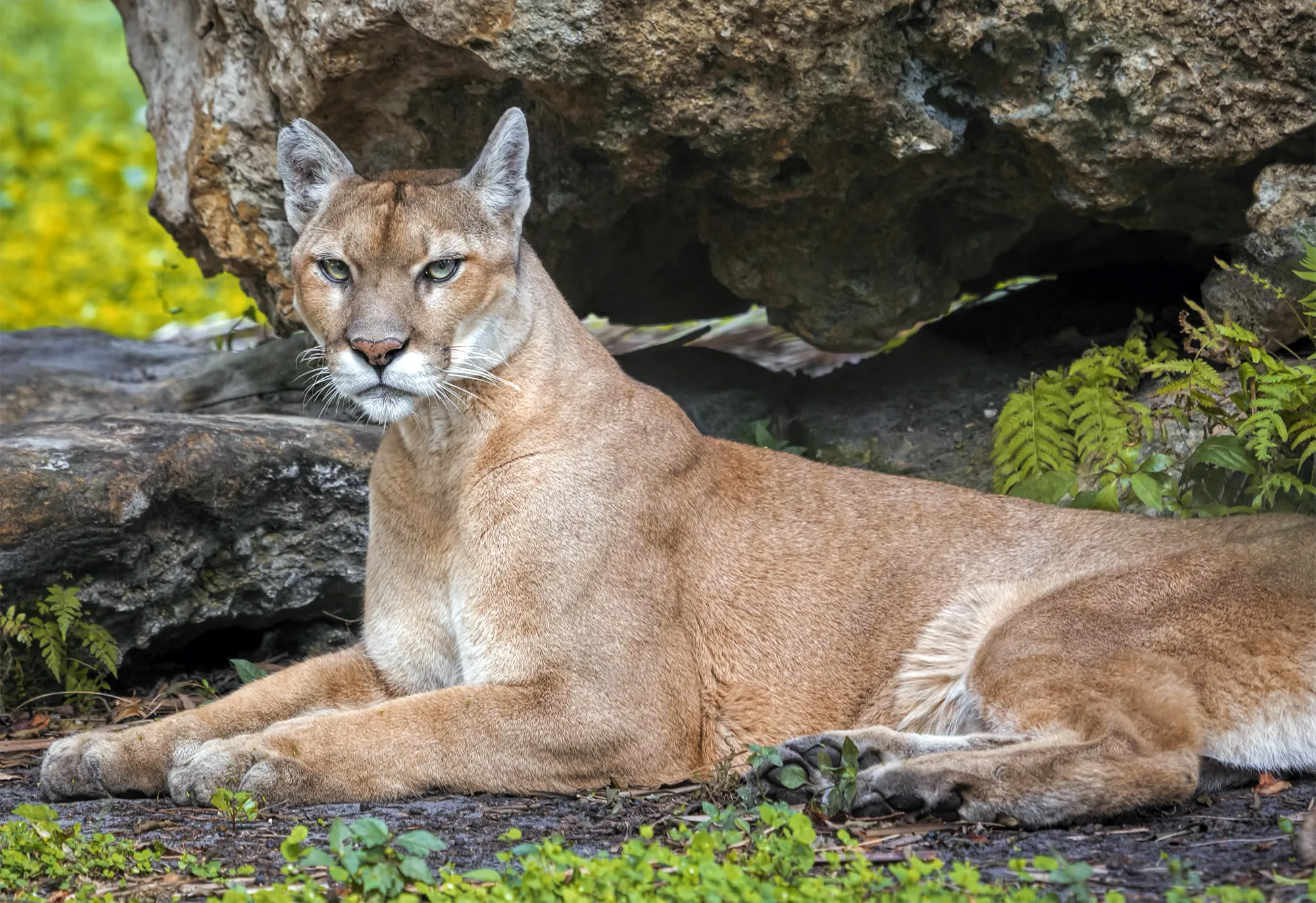
Florida panthers were suffering from severely diminished diversity until a prudent program of “genetic rescue” introduced genes from puma individuals in Texas.
Calv-6304/Alamy Stock Photo
Outbreeding like this isn’t even unnatural. Studies show that even hybridization between different species is more common in nature than one might expect. Hybrids and populations in boundary zones are often important for protecting species by infusing them with new genes or serving as repositories for genes that maybe aren’t currently advantageous but could be in the future.
Not everyone is on board with the idea of genetic rescue through interbreeding populations, however. Some of the resistance is idealistic: Within conservation, “a lot of people feel that preserving the ‘pureness’ and evolutionary history of species should be the main goal of conservation strategies,” Steiner said. “But more aggressive conservation actions may be needed when the adaptive potential of populations is at risk.”
Some of the hesitation over genetic rescue also likely comes from memories of past mistakes, when interbreeding organisms that were too distantly related led to its own problems, called outbreeding depression. Some organisms from different populations look very similar, are physically capable of mating and can even produce living offspring, but the long-term viability or fertility of those hybrids turns out to be poor. For instance, separate populations within a species can have different numbers of chromosomes — it’s a surprisingly common phenomenon in rodents. Mismatches in traits that affect the timing of reproduction can leave a hybrid looking for mates either before or after mating season.
“It also depends on the traits of the specific population,” said Amro Zayed, a conservation biologist at York University in Toronto. “Are they locally adapted? If they are, they’d be at risk of extinction from admixture.” Because populations are often highly adapted to their own locales, mixed offspring can lack characteristics critical to survival in either of their parents’ habitats.
All of these problems mean that trying to introduce more genetic diversity to a population too recklessly can sometimes have the counterintuitive effect of reducing that diversity. Conservationists need to weigh carefully whether mixing specific populations will accomplish what they hope.
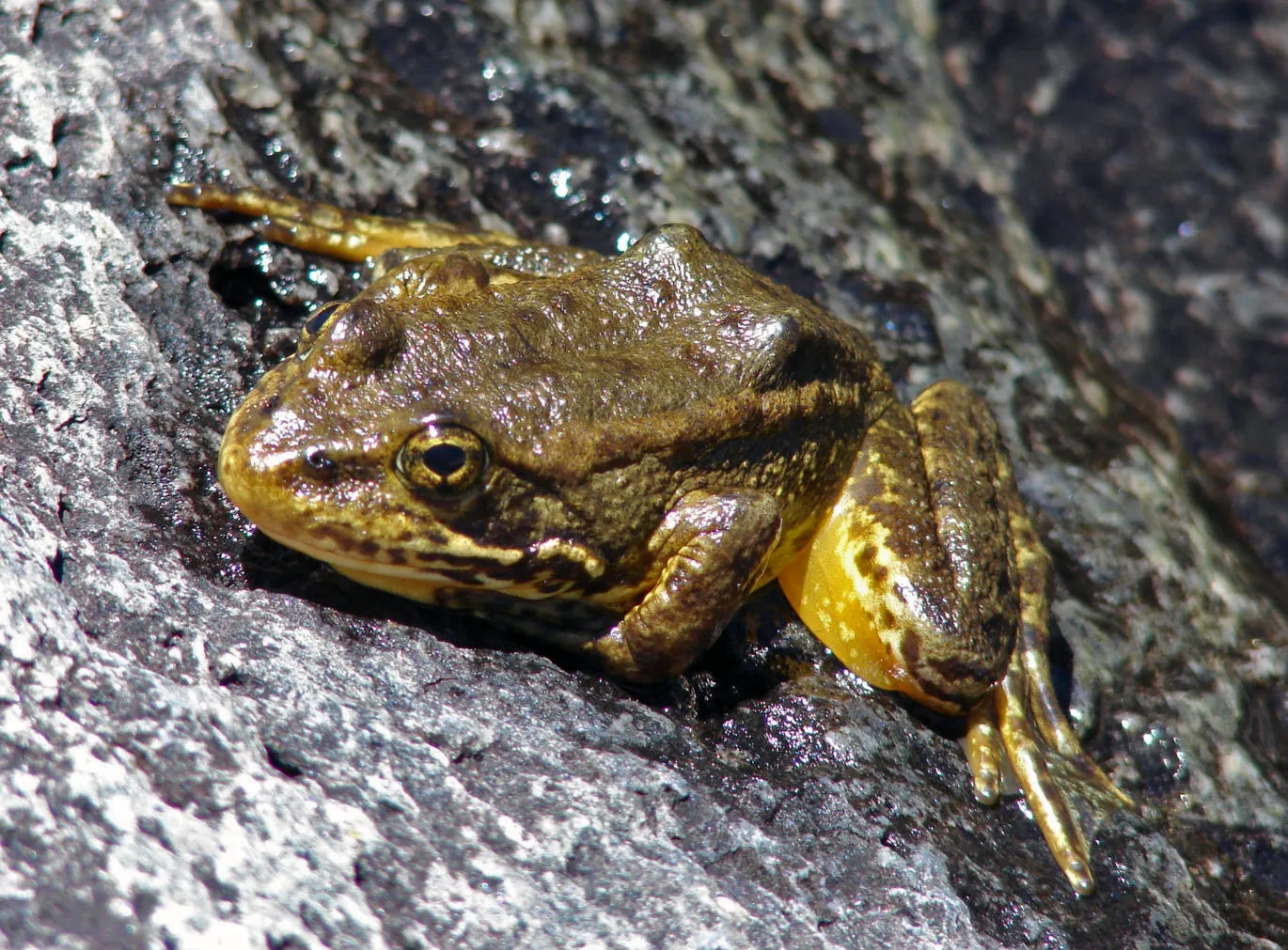
Mountain yellow-legged frogs live in two distinct populations in California. Conservationists are now studying whether interbreeding the two might help to preserve them.
Natural History Collection/Alamy Stock Photo
For example, the endangered mountain yellow-legged frog (Rana muscosa) lives in two distinct populations in California that biologists refer to as management units. A captive breeding program is now underway to boost their numbers. For the moment the breeders are keeping the frogs from the two units separate, but one of the wild populations is declining faster than the other and is showing signs of inbreeding and low genetic diversity. “There’s a discussion now about whether genetic rescue is an appropriate conservation strategy for this species,” Steiner said.
Today’s conservationists don’t have to guess at what-ifs, though. With ever more information at their disposal about species’ genetics and traits, they’re well equipped to compare the risk of outbreeding depression with the risk of keeping populations separate, especially when those populations are low on genetic diversity.
Moreover, researchers are finding increasingly often that species may not be the most important biological unit for conservation. The 2022 World Wildlife Fund Living Planet Report looked at reports on tens of thousands of populations from around the world in recent decades. It found that between 1970 and 2018, the sizes of those populations declined on average by 69%. Declines were even steeper in some parts of the world, with Latin America and the Caribbean seeing losses reaching 94%, mainly due to tropical deforestation. Losses like these are a huge blow to diversity, and they highlight how much adaptive potential is likely being lost in ecosystems worldwide.
“It’s important not to be overwhelmed, and keep in mind that we do what we can do,” Steiner said. “Monitoring declines of populations is, in my opinion, much more effective than just tracking the number of species that are disappearing, period, because by tracking the decline of populations, you can actually take actions that are more effective.”



